Sponges:Filter feeding made visible | Nature VN
A florescent dye is injected next to a sponge and the sponge quickly pumps the dye through its body. This demonstrates that sponges actively pump large quantities of water through their bodies in order to extract tiny organisms for food from the water.
There are about 5000 species of sponges living in different freshwater and saltwater areas. Besides, many species create many different morphologies. Because they can live in many layers, combined with many marine algae, they can create many different colors. Sponges are not corals. They are like corals – motionless aquatic invertebrates. But they are still creatures with completely different anatomy and other properties. Regardless of these differences, sponges are still important inhabitants of coral reef ecosystems. This diverse population of organisms can affect water quality on reefs because they filter water, collect bacteria, and process carbon, nitrogen, and phosphorus. In nutrient-depleted coral reefs, some species are thought to have created biocarbon by excreting a form of "sponge droppings" that other organisms eat. Thus boosting productivity throughout the ecosystem. Most sponges are only a few centimeters in size, but some are tubular or non-shaped less than a centimeter; Others are tubular or branched, and can be one to two meters tall. Where the wide round blocks can be one to two meters in diameter. The size of a species can change with age; environmental conditions and food supply. Sponges are an ancient organism that is often confused with a plant species. They come in many shapes like tubes, branches, fingers, spheres or even amorphous. Besides, their color is also influenced by the water layer they live in. Besides helping creatures to hide, they also have economic value to humans.
- Remember to ''Subscribe to the channel'' to watch interesting videos
- Watch more interesting videos at : https://bitly.com.vn/ktlyjp
-
 2:10
2:10
aquariumheaven
1 year agoHide the Sponge Filter
2 -
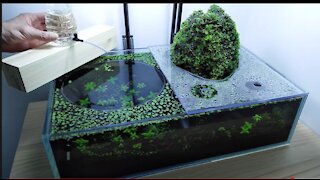 8:52
8:52
meAme
3 years agoVolcano Filter Betta Aquarium
28 -
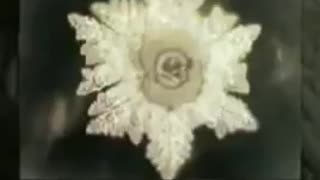 1:17
1:17
CarlKeeling
10 months agoDO YOU FILTER AND 'VORTEX' ALL YOUR WATER WITH LOVE OR HATE?
342 -
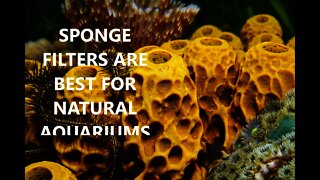 8:31
8:31
FATHERFISH
2 years agoSPONGE FILTERS ARE THE BEST FILTER FOR A NATURAL AQUARIUM
291 -
 12:41
12:41
SawyerCustom
4 months agoTheres only 5 styles of filter used on aquariums
151 -
 12:41
12:41
SawyerCustom
4 months agoTheres only 5 styles of filter used on aquariums
5 -
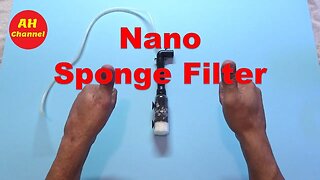 4:20
4:20
aquariumheaven
9 months agoHow to DIY - Nano Sponge Filter
2 -
 8:17
8:17
JASON KEIGLEY - THE TRUTH WILL SET YOU FREE!!!
1 year agoWATER: NATURALLY FILTER AND ALL AROUND US!!!
231 -
![Filming a leaf being wet by a jet of water, there are ants on the ground [Nature & Animals]](https://hugh.cdn.rumble.cloud/s/s8/6/r/P/O/G/rPOGc.0kob.1.jpg) 0:09
0:09
Nature & Animals
2 years agoFilming a leaf being wet by a jet of water, there are ants on the ground [Nature & Animals]
1 -
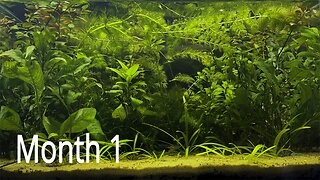 5:56
5:56
AquaEscape
1 year ago $0.02 earned10g No Filtration Tank: Mystery Creature, Shrimp and Snails | No CO2, No Filter, No Ferts
561